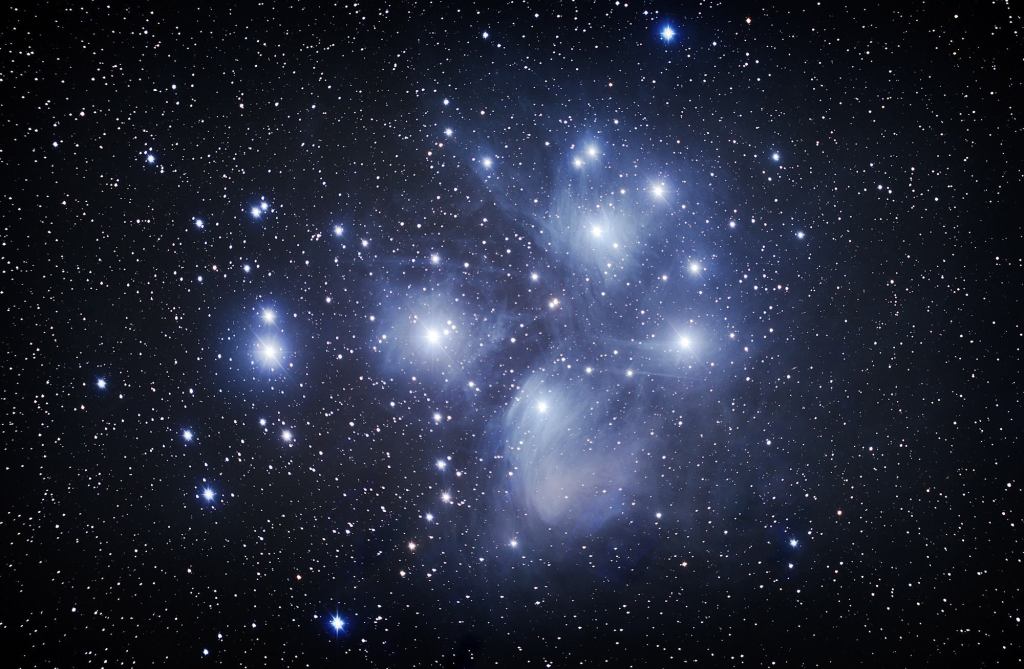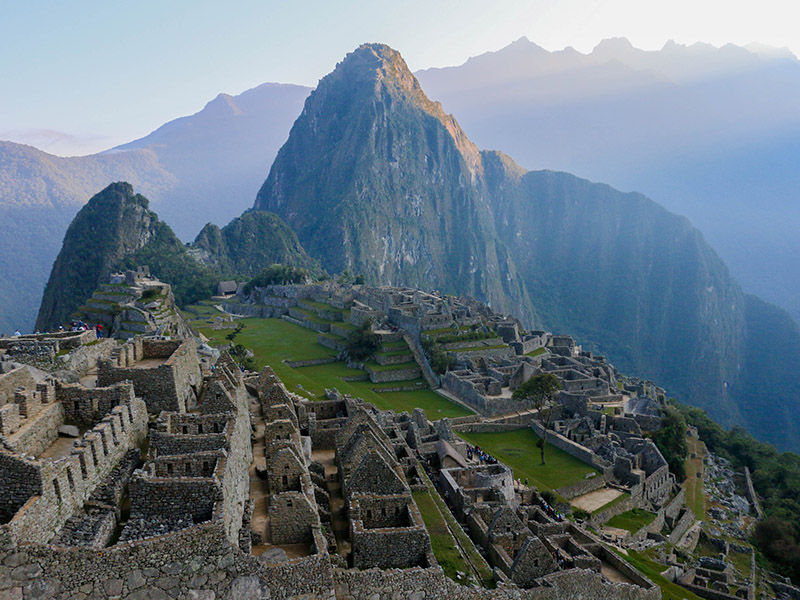Stars have aided us from the beginning. Before we settled on a common calendar, they told our ancestors when to plant crops. Navigators at sea used the stars to guide them on treacherous journeys. In uncertain times, humans sought messages from these celestial lights.
Though we have developed modern methods of navigation, the stars have not lost their significance. We yearn to see them, write songs about them, and study them from afar. They remind us of that which does not vanish; they remain above us, sources of wonder and romance.
It would be a shame if we did not learn what the stars meant to our ancestors. Here are five interesting myths about stars. These myths come from different parts of the world.
When you finish, go on to read mythology about butterflies.
The ‘Digging-Stars’
According to South African mythology, tribes anticipated the appearance of IsiLimela–the Pleiades–to warn them it was time to begin hoeing the ground. The Pleiades were called the ‘digging stars’ because of this specific role.
These were more than ‘digging-stars.’ Xhosa boys marked the beginning of their manhood from the Pleiades’ first June appearance. Their new lives depended on the appearance of IsiLimela.
Read more South African star myths here!

Inca Constellations
The Inca culture in Peru also relied on the stars for agricultural purposes. Their belief was that everything in nature is sacred, so they worshiped various Gods such as Inti (the sun) and Chuqui Illa (the God of Thunder.)
Machu Picchu, the famous archaeological site, has long been a mystery. Who was it built for and why in that spectacular location? Recent studies suggest that, aside from being a ceremonial site, Machu Picchu was an astronomical observatory.
PeruforLess has a good article about Inca culture and their belief system.

Lost Viking Tales
Most of the known Norse mythology is found in the Eddas, though there’s little mention of stars specifically. If you’re interested in the Norse stories of creation, the Eddas provide a fascinating read. Find the Edda of Snorri Sturluson on Amazon.
I quote this excellent essay on Norse constellations by Jonas Persson:
In Völuspa the origin of the stars and planets are mentioned, as well as their end at Ragnarök. The world was created from the body of the giant Ymer. His skull forms the firmament and is held in place by four dwarves, where sparks from Muspellheim form the stars. Their place in the sky was determined by the gods and some were given paths they will roam.
Having depended on the night sky to guide their ships, it’s inevitable that the Norse people knew astronomy. They had their own constellations, though the names of most of these constellations have been lost.
Star Religion
As a writer I’m pleased to learn that, in Egyptian mythology, the stars were represented by the goddess of writing, Seshat. The Milky Way Galaxy represented the mother goddess Nut giving birth to the sun god, Ra.
We needn’t look farther than the Pyramids to understand the significance of stars to the ancient Egyptians. It is said that the Pyramids of Giza were built in alignment to Orion’s belt.
If this is true, it’s no surprise. According to their religious writings, they believed the gods to be descended from those three stars (read more).

Goddess of Falling Stars
Greek mythology is famous for the gods and goddesses who fought amongst themselves and caused trouble on earth. Among the lesser-known is Asteria, the goddess of dreams and of falling stars.
Asteria’s father was the Titan Coeus. He was the god of the northern axis of Heaven, around which revolve the constellations. From him Asteria gained abilities such as spelling messages in heaven with the stars.
Zeus could not resist Asteria’s beauty (nor can we expect him to, given his record). Once when he had caught her, she transformed into a quail to slip away. Refusing to be defeated, Zeus became a bird and gave chase.
Seeing that Zeus would never leave her be, Asteria dived into the sea and metamorphized into the Italian island now known as Ortigia. Learn more about Asteria.
Stars have captivated us from the beginning. Regardless of where in the world our ancestors lived, the stars did not escape their attention. Further research would reveal more stories about the cosmos from other ethnic groups.
I conclude this list with a beautiful quote:
“Silently, one by one, in the infinite meadows of heaven,
Blossomed the lovely stars, the forget-me-nots of the angels.”― Henry Wadsworth Longfellow


Leave a reply to Raina Nightingale Cancel reply